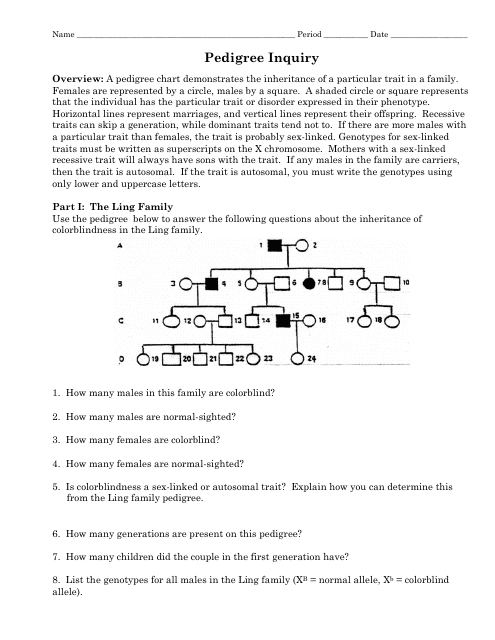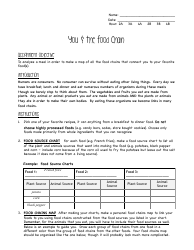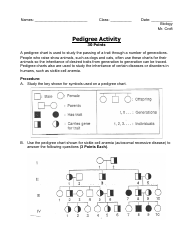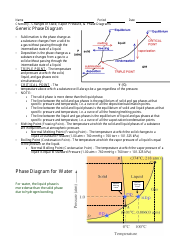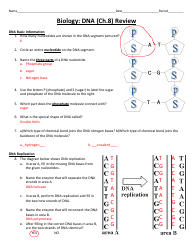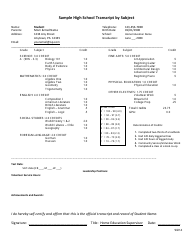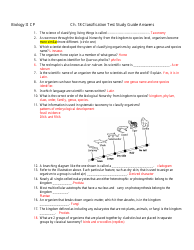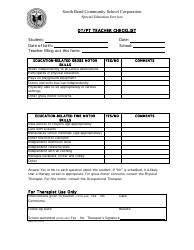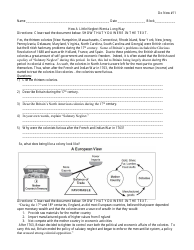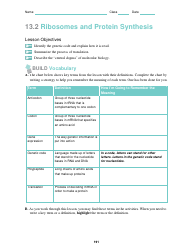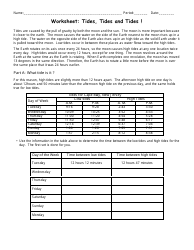Pedigree Inquiry Biology Worksheet - East Chapel Hill High School
The Pedigree Inquiry Biology Worksheet is a tool used by students at East Chapel Hill High School to study and analyze genetic inheritance patterns in families. It helps students understand how traits are passed down from one generation to the next.
FAQ
Q: What is a pedigree?
A: A pedigree is a diagram that shows the inheritance of a particular trait or condition within a family.
Q: What is the purpose of a pedigree?
A: The purpose of a pedigree is to help analyze the pattern of inheritance and determine the genotype and phenotype of individuals in a family.
Q: How is a pedigree constructed?
A: A pedigree is constructed by using symbols and lines to represent family members and their relationships, and by filling in their genotypes and phenotypes.
Q: What do the different symbols in a pedigree represent?
A: Different symbols in a pedigree represent different individuals and their characteristics, such as circles for females, squares for males, and shaded symbols for individuals who express a particular trait or condition.
Q: What can a pedigree tell us about inheritance?
A: A pedigree can provide information about whether a trait or condition is inherited in a dominant or recessive manner, and whether it is autosomal or sex-linked.
Q: How can a pedigree be used to predict the likelihood of passing on a trait or condition?
A: By studying a pedigree, we can analyze the pattern of inheritance and make predictions about the likelihood of an individual passing on a trait or condition to their offspring.
Q: What are some common examples of traits or conditions studied using pedigrees?
A: Some common examples include genetic disorders such as cystic fibrosis, Huntington's disease, and sickle cell anemia, as well as traits such as eye color and blood type.
Q: What are the limitations of using pedigrees?
A: Pedigrees may not always provide a complete picture of inheritance, as they rely on accurate information and may not account for factors such as incomplete penetrance or genetic variability.
Q: What other tools or techniques can be used in conjunction with pedigrees to study inheritance?
A: Other tools and techniques include genetic testing, DNA sequencing, and statistical analysis to further investigate the underlying genetics of a trait or condition.
Q: Why is studying pedigrees important?
A: Studying pedigrees is important for understanding the inheritance patterns of genetic traits and conditions, which can help in genetic counseling, medical diagnoses, and research on human genetics.
